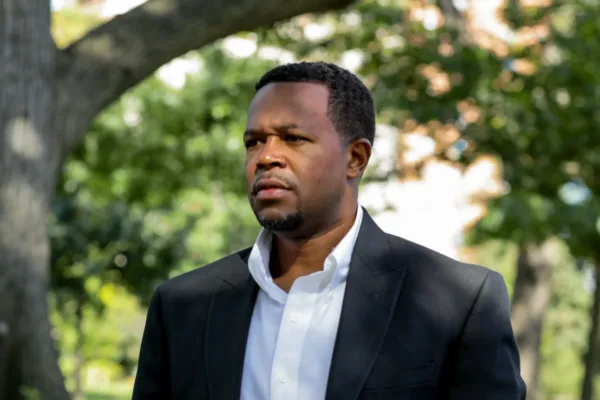Racial Harassment from Union Officials Won’t Silence Me
COMMENTARY BY EDWARD SEABRON
There’s something rotten in New York City’s largest public employee union. Public harassment, racial intimidation, and a culture of secrecy are the hallmarks AFSCME District Council 37 and Local 983 under its current leadership. I should know—I have been a tow truck operator with the NYPD for 22 years and a union member for 21 years.
My trouble with the union started when I began asking tough questions of union officials, like why we aren’t treated like other emergency personnel when we respond to major disasters.
During Hurricane Ida, there were over 1,000 cars left in the streets. My colleagues and I worked around the clock to move the vehicles and keep the city moving. We did the same during Hurricane Sandy. We even spent countless hours moving vehicles during the aftermath of 9/11. But unlike other responders who are governed by the same rules and regulations, we do not receive hazard pay or other benefits when taking on extraordinary duties, and the union refuses to fight for a better contract.
I brought my concerns, shared by many of my colleagues, to union leadership—the people to whom I had been paying dues for two decades. But they ignored me.
Worse, when I tried to determine how to effect change within the union itself, I was given the runaround by union officials. It took a year and a half and the help of a lawyer to simply obtain a copy of my union’s bylaws to find out how my union is supposed to be governed.

(Ed Seabron. Photo credit: The Fairness Center.)
Frustrated, I resigned from the union, but even that did not get leadership’s attention. In fact, they didn’t acknowledge my resignation and continued taking membership dues out of my paycheck. Only after I began to explore different union representation did they take notice—and not the way I expected.
One day a coworker told me about a photoshopped picture posted on Facebook by Local 983 First Vice President Marvin Robbins. The image depicted me, an African American, shaking hands with someone in Ku Klux Klan garb. After seeing the image for myself, I was shocked and disheartened—it looked to me like hate speech. This wasn’t a private message. Hundreds of my colleagues could view the picture.
Robbins was obviously attempting to intimidate me, because he also posted a video on Facebook where he threatened me and others dissatisfied with the union, saying: “Gloves off. You wanna play dirty? We’re gonna play dirty. You sneaky conniving son of a b*****s, it’s on.”
I wish I could say these were isolated incidents. But on another occasion, a “wanted” flyer bearing our shop steward’s image appeared on the wall at work. Just like me, she had been asking too many questions about the union’s poor representation, so Robbins pushed her out of her role as shop steward and made the flyer to intimidate her and other members from asking questions.
I once respected Robbins enough to help vote him into his leadership position. No more.
Robbins’ abusive behavior is no secret, but he remains in his leadership position with the union. That’s why I’ve taken legal action. No one is holding him or the union accountable.
With the assistance of the Fairness Center, I filed a state labor board charge and a federal lawsuit to hold the union accountable. No one should experience harassment, racism, and public shaming in their workplace, especially not from the people who are supposed to be employees’ representatives.
But it’s clear union leadership cares about themselves, not members. In fact, they’ve excused Robbins’ behavior. In their response to my board charge, the union compared his racist Facebook post to “campaign puffery meant to reinforce the Union’s message.” In my opinion, it’s as if union officials approve of Robbins’ message that seeking better representation is like working with the KKK.
By taking legal action, I am reminding them that public employees deserve to be treated with dignity and that, when push comes to shove, we will defend our rights of free speech and association.
Edward Seabron is a traffic enforcement agent with the NYPD. The author’s viewpoints are their own and do not necessarily represent those of the Fairness Center.
